| Coad | 663921 | Typical Applications | ||
| Type | Low Dispersion 800nm Mirror | Clear Aperture | >90% | |
| Substrate | UVFS | Parallelism | ||
| Diameter(mm) | 25.40 | Surface Quality S1 | ||
| Diameter Tolerance | +0/-0.1mm | Surface Quality S2 | ||
| Thickness(mm) | 8.00 | Surface Flatness | ||
| Thickness Tolerance | +0/-0.1mm | Laser Damage Threshold | ||
| Wavelength(nm) | 740 - 860 | GDD | Low GDD | |
| AOI(°) | 45 | Coating Type | Dielectric Coating | |
| Coating Specifications | HR@740-860nm | |||
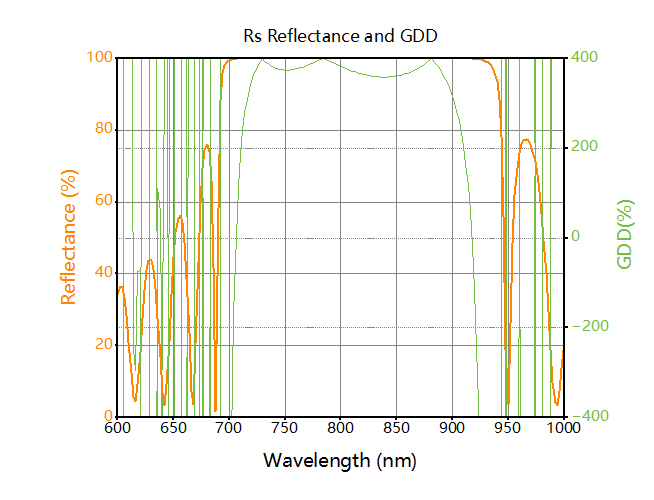
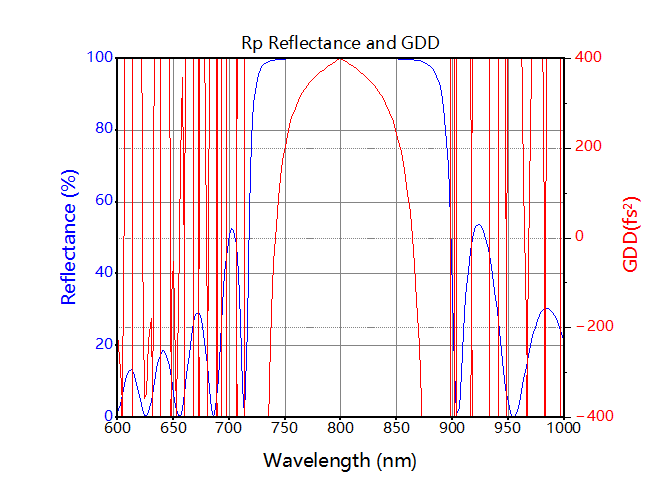
In femtosecond laser systems, it is crucial to ensure that the laser beam maintains its temporal characteristics and transmission stability, especially when dealing with high peak intensities and high repetition rates. Have you ever worried about these issues: Are standard mirrors suitable for my femtosecond laser system? Can they preserve the temporal characteristics of the laser beam during pulse transmission? Can they withstand high peak intensities? With our low dispersion 800nm mirror designed specifically for femtosecond and picosecond laser systems, these concerns will no longer be a problem.
The low dispersion 800nm mirror is a high-precision optical component custom-designed for Ti:sapphire laser systems, primarily used in laser systems within the wavelength range of approximately 750 nm to 850 nm. Its low dispersion characteristics play a crucial role in femtosecond laser systems by effectively reducing pulse width broadening, thereby enhancing time resolution and overall system performance. Through extremely precise design and optimization, this mirror not only significantly reduces Group Delay Dispersion (GDD) but also perfectly preserves the shape and phase characteristics of ultrashort pulses, ensuring high-precision control in laser systems.
This mirror uses advanced multilayer dielectric coating technology, with precise control over the thickness and refractive index of each layer, providing over 99.9% reflectivity across a broad wavelength range. This ensures efficient laser energy transmission while minimizing loss and energy decay. Additionally, the coating uses high-power laser materials with a very high Laser Induced Damage Threshold (LIDT), enabling it to withstand high-power femtosecond laser pulse impacts and meet the high-intensity beam requirements of ultrafast laser systems.
To ensure excellent optical performance, the mirror’s surface quality typically reaches λ/10 or higher, with surface roughness as low as <1 nm RMS, effectively preserving the phase integrity and transmission stability of the laser beam. The mirror is also designed with various application scenarios in mind, usually optimized for 0° or 45° working angles, allowing it to adapt to various optical path configurations inside the laser cavity and ensuring stable, efficient optical performance in different experimental environments.
Precautions: To ensure optimal performance, it is recommended to store and use the mirror in an environment at 25°C with a relative humidity of 40%–60%. If the mirror surface becomes contaminated, gently wipe it with 99% or higher alcohol and a lint-free lens cleaning tissue. Avoid using rough fabrics, water, or cleaning agents containing abrasive particles, as they may damage the coating.
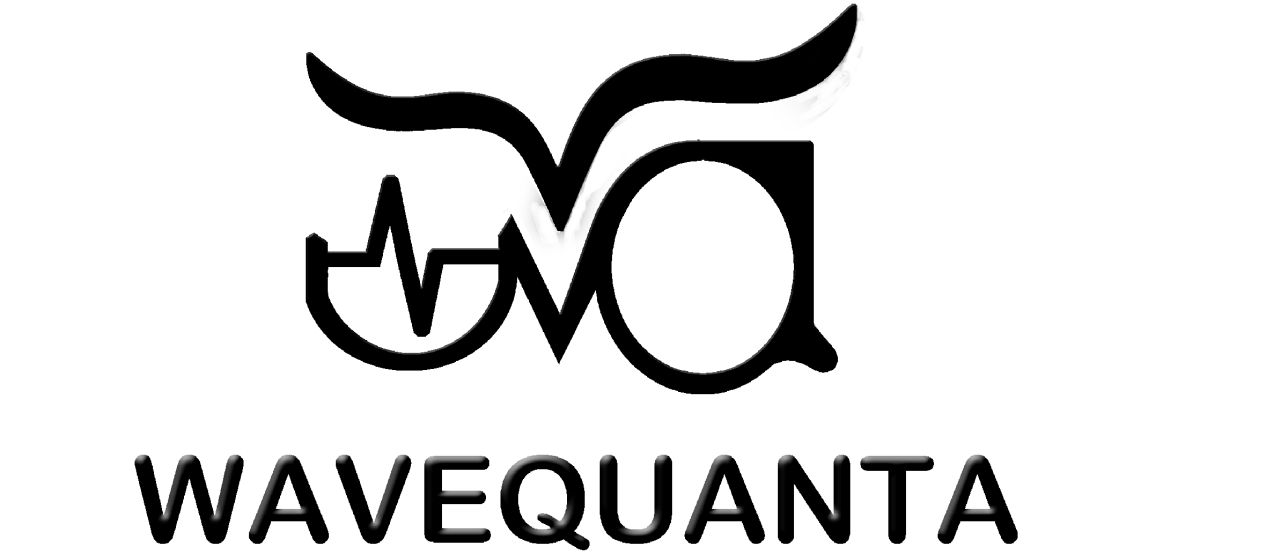




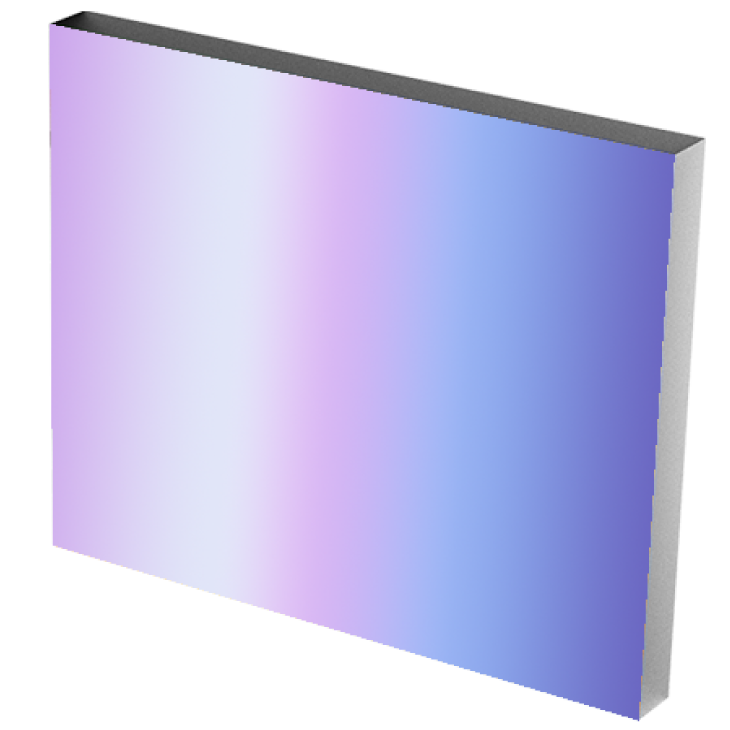



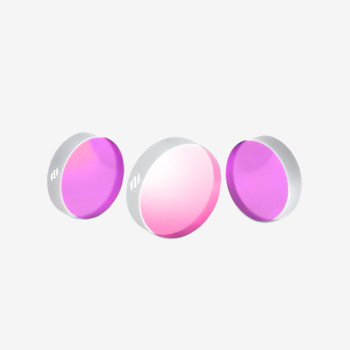



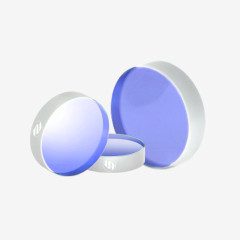
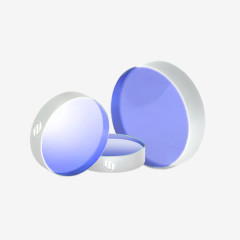
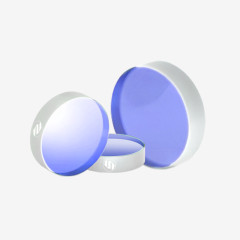
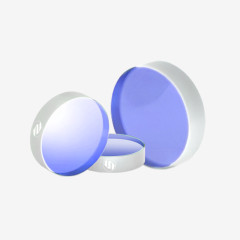
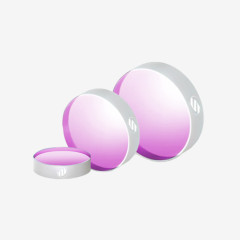
Product evaluation
%High praise
There are comments